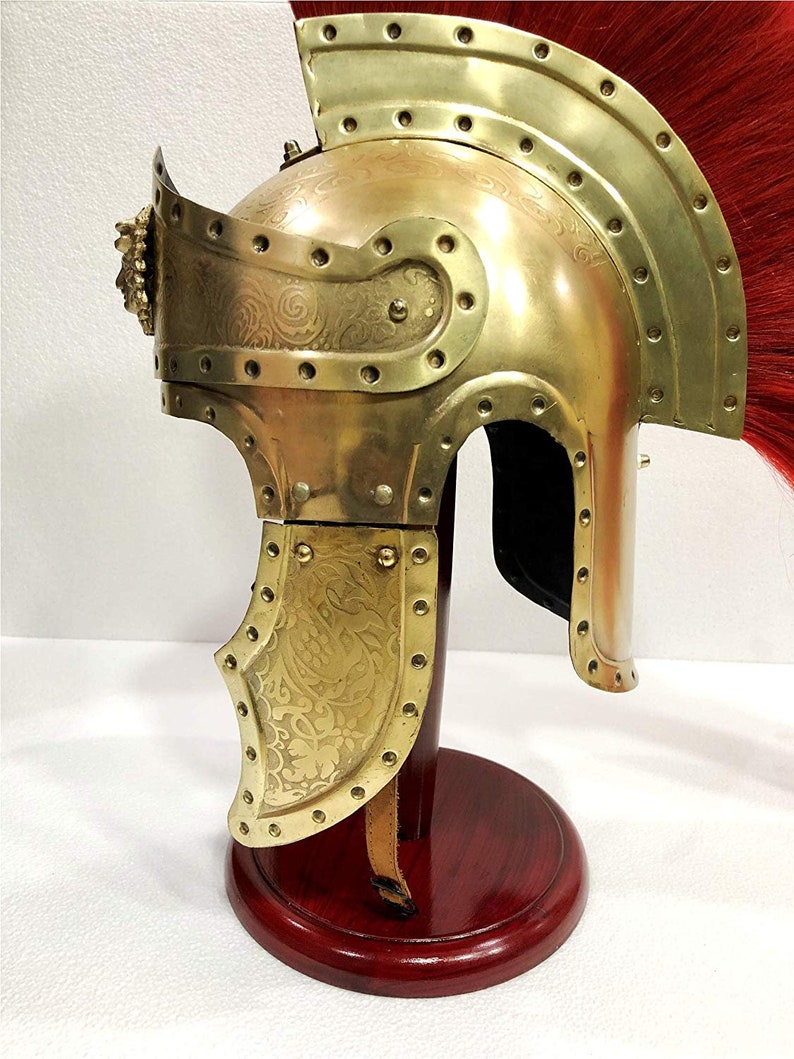


Subscribe! Detail from the so-called Altar of Domitius Ahenobarbus. If you want updates whenever a new post appears, you can click below for email updates or follow me on twitter for updates as to new posts as well as my occasional ancient history, foreign policy or military history musings, assuming there is still a Twitter by the time this post goes live. You are expected to bring your own arms and armor, however failure to self-equip will result in you being fined by the quaestor. Combining those episodes from Livy (and a few other authors) with Polybius’ large schema is what lets us reconstruct the process, though we need to be careful that the process may not have worked the same in all eras (indeed, we can be quite sure it must have changed really substantially in the 80s BC due to the Social War).īut first, as always, if you want to enroll yourself into the ACOUP legions, you can support this project on Patreon. And while the dilectus is not functioning in Livy’s day, he related events from when it did that give us interesting details, like where key officials might be and what they might have or be doing at key moments in the process. Fortunately, later sources help us out here, particularly Livy (Titus Livius) he’s writing in the first century but has sources now lost to us from substantially earlier (including some Polybius that we do not have we’re missing big chunks of both authors). But Polybius’ description is, at points, very schematic. The main source for any reconstruction of the Roman dilectus is Polybius, a Greek who wrote in the mid-second century the sixth book of his Histories includes a schematic outline of the Roman military system that is the foundation for everything we know about it. But this is one army in one period, where we can actually outline the process with some confidence.īefore we jump into that, I should note our sources for this. We have far less visibility, for instance, into how the army of a Greek polis would actually be mobilized and almost no visibility into how soldiers for, say, an Achaemenid army were mustered. 290-100 BC, think the age of Pyrrhus, Hannibal and the various well-known Scipios this is also the period of Rome’s initial overseas expansion and its great power wars), what the Romans called the dilectus, a phrase which literally means ‘selection.’ And the goal here is a step-by-step nuts and bolts look at the process, examining both what key Roman officials and the soldiers being selected are doing at each point.Ī particular benefit of looking at this process is that we can actually substantially reconstruct the process for the Roman dilectus, which sets it apart from almost any other ancient (and indeed many pre-modern) conscription or mobilization systems. This week we’re going to take a look at the process by which the Romans raised legions in the Middle Republic (c.


 0 kommentar(er)
0 kommentar(er)
